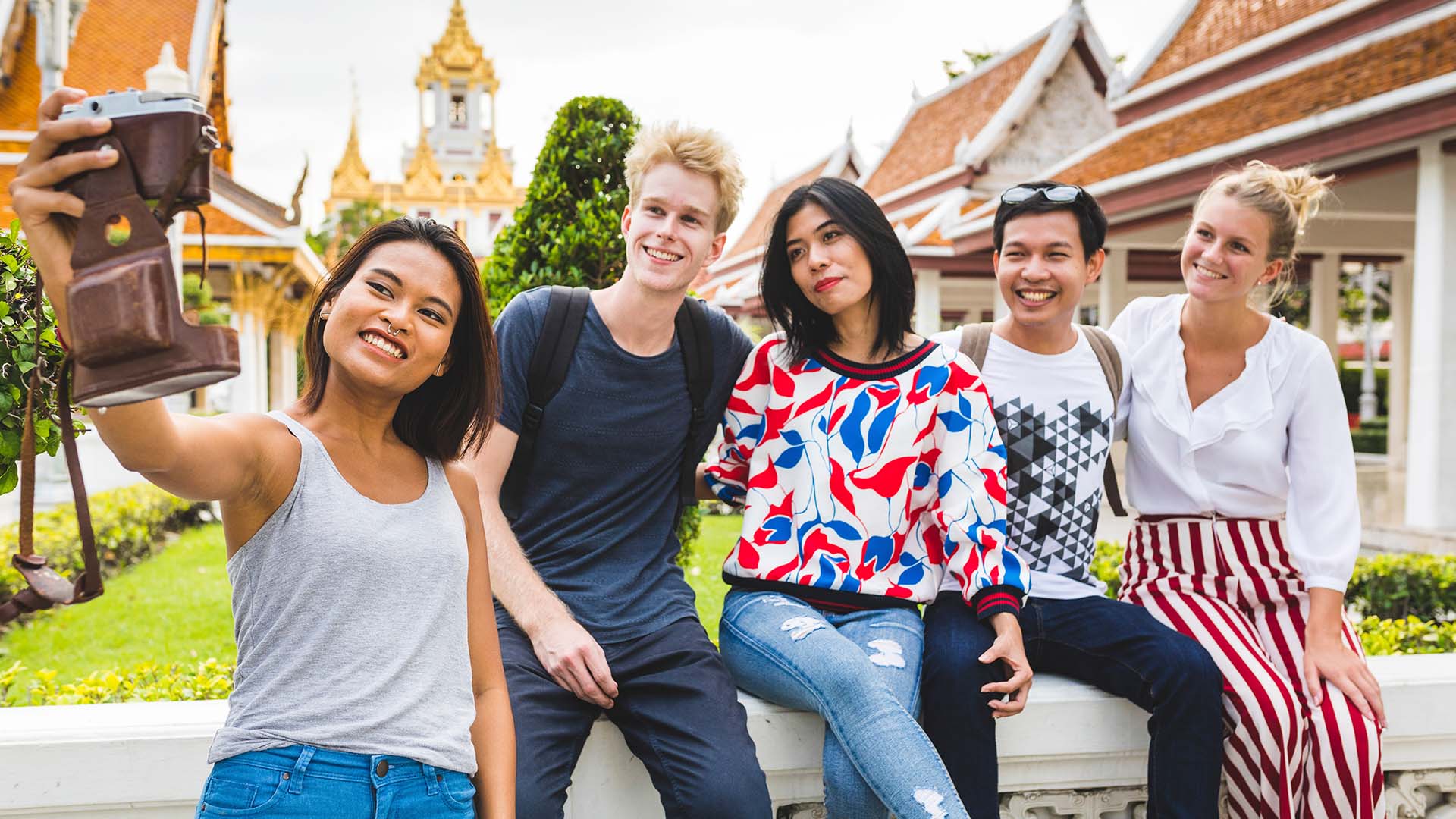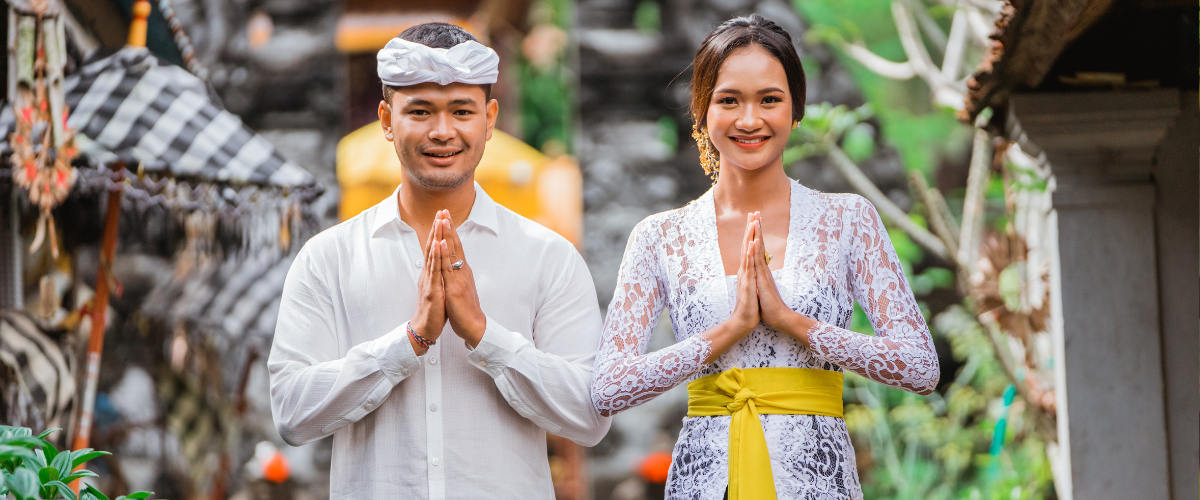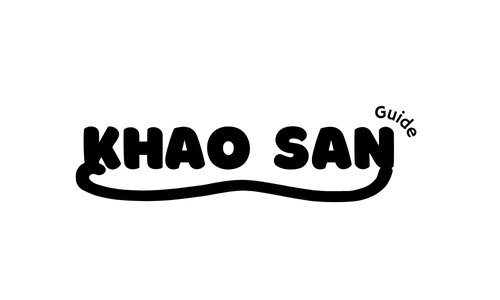Khao San Road, often referred to as a “backpacker’s paradise,” is a bustling hub in Bangkok filled with street food, vibrant nightlife, and a melting pot of travelers from around the world. Known for its energy and charm, it’s a must-visit destination when exploring Thailand.
While many locals in tourist-heavy areas like Khao San Road speak English, learning a few key Thai phrases can significantly enhance your travel experience. It not only helps you communicate more effectively but also shows respect for the local culture—something Thai people deeply appreciate.
If you’re planning a trip to Khao San Road, this guide will give you essential Thai phrases, cultural insights, and practical language-learning tips to make your visit unforgettable.
Essential Thai Phrases for First-Time Visitors

Greetings and Basic Conversation Starters
- Hello (Sawasdee khrup/ka) – For men, end your sentences with “khrup”; for women, use “ka.”
- Thank you (Khob khun khrup/ka) – A polite way to show gratitude.
- Yes/No (Chai / Mai chai) – Simple yet essential for clarity.
- How are you? (Sabai dee mai khrup/ka?) – A typical Thai greeting meaning “Are you well?”
- Goodbye (Lah gorn khrap/ka) – A formal way to bid farewell.
Ordering Food and Drinks
Food is a highlight when visiting Khao San Road, and knowing basic phrases can enhance your culinary adventures.
- This is delicious (Aroy!) – A great compliment for any chef or vendor.
- Not spicy, please (Mai phet) – Perfect if you want to avoid too much heat.
- I would like… (Ao…khrup/ka) – For instance, “I would like Pad Thai” translates to Ao Pad Thai.
- Bill, please (Kep tang khrup/ka) – A must-know phrase when in restaurants and cafés.
Asking for Directions
Khao San Road is a maze of narrow streets and alleyways. These phrases will help you get around effortlessly.
- Where is…? (…yoo nai khrup/ka?) – For example, “Where is the bathroom?” translates to Hong nam yoo nai?
- Turn left/right (Leua sai / Leua kwaa) – Handy when navigating street corners.
- Can you help me? (Chuay dai mai khrup/ka?) – A polite way to ask for assistance.
Shopping and Bargaining
Street markets are part of Khao San’s charm, and bargaining is an art form here.
- How much is this? (Thao rai?) – Useful when shopping for souvenirs.
- Can you lower the price? (Lot noi dai mai?) – A polite way to negotiate.
- Too expensive (Paeng mak) – Useful when bargaining isn’t going your way.
Cultural and Linguistic Insights

The Importance of Tone
Thai is a tonal language, which means the meaning of a word can change based on the pitch used. For instance, “ma” can mean “dog,” “come,” or “horse,” depending on the tone. Don’t worry if you don’t get it perfect—locals are generally forgiving and will understand the context.
Politeness Matters
Always add khrup (for men) or ka (for women) at the end of your sentences. It’s a simple way to show respect and politeness, values deeply ingrained in Thai culture.
The ‘Wai’ Greeting
The ‘wai’—a slight bow with hands pressed together—is a traditional Thai greeting. Using it while saying Sawasdee khrup/ka will make a great impression.
Local Etiquette
- Smile often. The “Thai smile” is famous and often used to diffuse situations or show kindness.
- Avoid public displays of frustration; politeness and calmness are highly valued.
Practical Language Learning Tips

Leverage Language Learning Apps
Apps like Duolingo, Drops, and Ling offer Thai lessons tailored for travelers. Even 15 minutes a day can make a big difference.
Carry a Phrasebook
A pocket-sized Thai phrasebook can be a lifesaver, especially when your phone runs out of battery.
Practice with Locals
Many Thai people love it when tourists attempt to speak their language. Vendors, waitstaff, and even friendly locals are often happy to help you practice.
Listen and Repeat
Pay attention to how locals pronounce words and try to mimic their tone and pitch. Watching Thai TV shows or listening to Thai music can also improve your pronunciation.
Stories and Experiences from Travelers

Many travelers have shared how learning a bit of Thai transformed their experiences. Here are a couple of real-life stories to inspire you:
- Sarah from London recalls how saying Khob khun ka to a street vendor led to a warm conversation and a free sample of mango sticky rice.
- James from Sydney shared how saying Aroy! after his meal at a local café in Khao San Road earned him a smile and a recommendation for the best Pad Krapow Gai spot nearby.
These small efforts can bridge cultural gaps and create unforgettable memories.
Why Language Matters
Learning even a few Thai phrases not only helps you get around but also creates deeper connections with locals. It shows respect for their culture and often opens doors for unique experiences. By using the phrases and tips shared here, your trip to Khao San Road will become more meaningful, immersive, and enjoyable.
Whether you’re navigating the busy streets, enjoying Thai cuisine, or bargaining for unique souvenirs, these language tips will serve as your essential guide.



